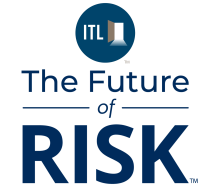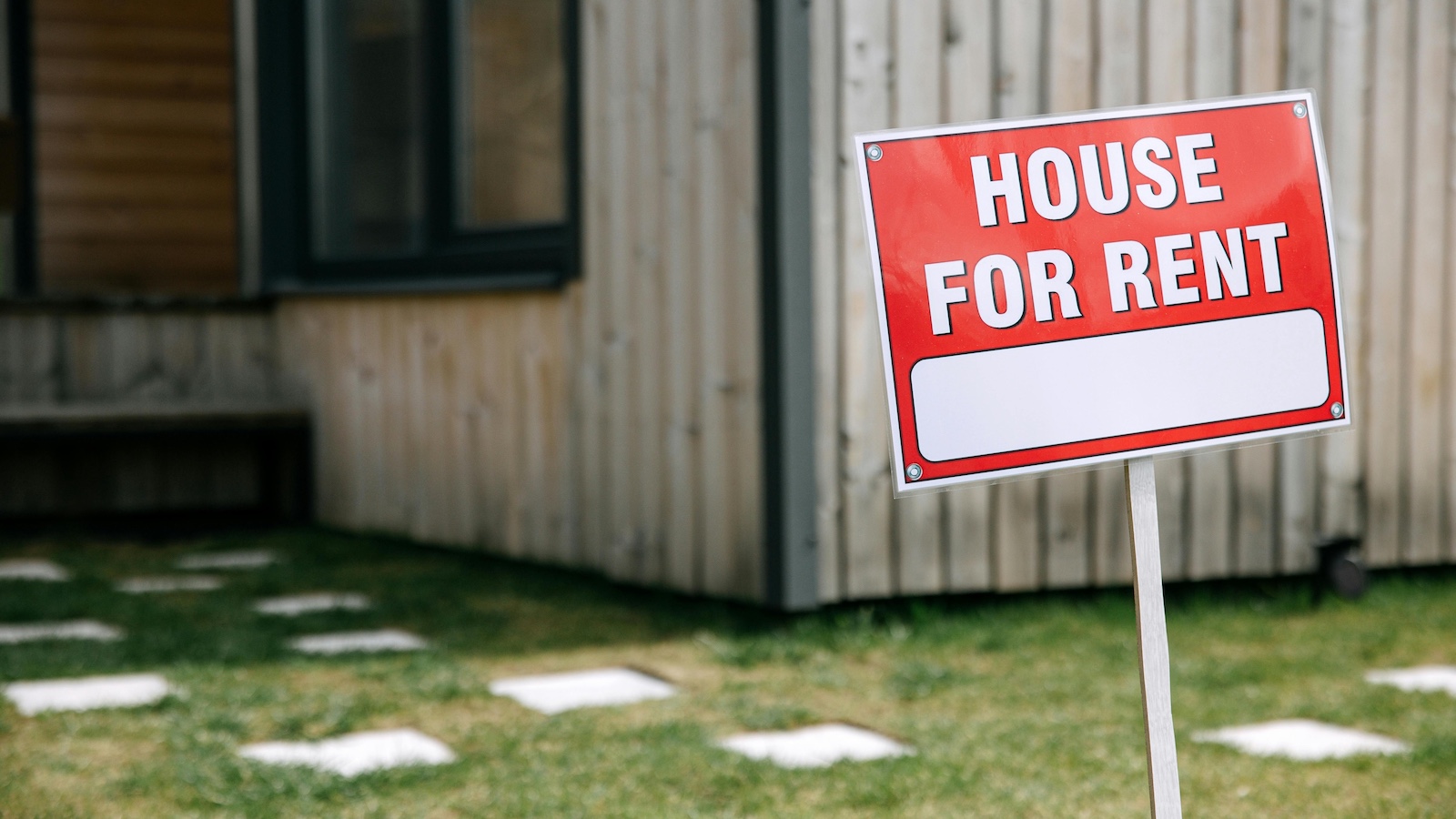Agents and brokers may do well to approach the rental insurance market with something of a split personality these days.
Traditionally, renters insurance was a policy geared toward people just setting out in life. They didn't own a home yet, but they still needed the property and liability coverage rental policies offered.
That market still exists, of course, largely with Gen. Z customers. But with today's demographic shifts, another lucrative market is emerging that needs rental policies — downsizing Baby Boomers.
The younger sibling of homeowners insurance, rental insurance still accounts for a nearly $6 billion market. More renters carry rental insurance than don't, with a reported penetration rate of 60%, making rental insurance a potentially attractive line to regularly promote.
Baby Boomers are at the peak of their home equity, while also facing an empty nest and more house than they need. Increasingly, many Baby Boomers are cashing in, selling their longtime home and using that equity to rent a more manageable space. This makes them a prime audience for a rental sales pitch, but with a new angle on the value proposition.
Changing value proposition
The traditional sales pitch for rental insurance is geared toward someone in their 20s. They have either moved out of their parents' home or off campus from their dorm, and they need to protect their limited belongings.
These Gen. Z customers have lower net worth and typically less than $20,000 in total belongings, making their rental insurance policy much less than $20 per month.
At that lower price point, those young adults would be protected from damaged property or theft or if a guest was injured in their home. For the record, the most common in-home accident claims were from poisoning, quickly followed by falls.
Without a nest egg to fall back on, that protection could be the difference between financial calamity if the worst were to happen.
Many landlords even require their tenants to take out a rental policy as a term of the lease.
But with Baby Boomers, that value proposition is turned on its head.
While Gen Z is buying rental insurance because they don't have much net worth and a loss could spell financial doom, Baby Boomers not only have financial resources but also have high-value property that needs to be covered.
A Baby Boomer policy would skew to a much higher coverage limit than a Gen Z policy would, with correspondingly higher premiums.
"A Baby Boomer is going to have family heirlooms, things like jewelry, electronics, and a lot of other things that are going to need to be scheduled," said Patrick Foy, senior director of strategic planning for TransUnion's insurance business. "A $20,000 policy isn't going to cut it for them."
Additionally, Baby Boomers will likely need to protect off-premises property, such as a storage unit that houses high-value collectables. And since the off-premises coverage limits will be a percentage of the total property coverage, if that storage unit had particularly high value items, it might even warrant its own dedicated policy.
And all the while, Baby Boomers' higher net worth means the liability protections found in a rental insurance policy help them more because they have more to lose.
Marketing messages and channels
Communicating the value of a renters policy takes two largely different strategies for these different generations.
"Younger customers are comfortable with non-agent interaction," Foy said.
A Gen. Z customer wouldn't blink an eye about buying a policy online or through an app, while the older customers tend to want more personal attention.
Insurers are primarily reaching out to the Gen. Z market through digital advertising – whether that is through web display ads, or increasingly audio or video ads on podcasts or streaming services.
Some digital ads also can reach the Baby Boomers, but for them, the marketing channels tend to be more centered on direct mail and some terrestrial television and radio advertising — with personal relationships with agents being one of the most valuable channels.
"It isn't a one-size-fits-all approach anymore," Foy said.
Regardless of which channel reaches which group, one common benefit both groups should know about is the additional living expenses provision. With the prevalence of natural disasters, such as wildfires and hurricanes, the additional living expenses provision can be a strong selling point, provided their policy includes coverage for natural disasters. That way if they face a mandatory evacuation or can't move back in because their home is damaged, those added costs can be covered.
And while Gen Z may not initially reach out through an agent, pulling them in through rental insurance could pay serious dividends down the road. Once they are in the insurance company's ecosystem, they are already within reach when they are ready for the more grown-up policies, such as auto, homeowners, or umbrella lines.








